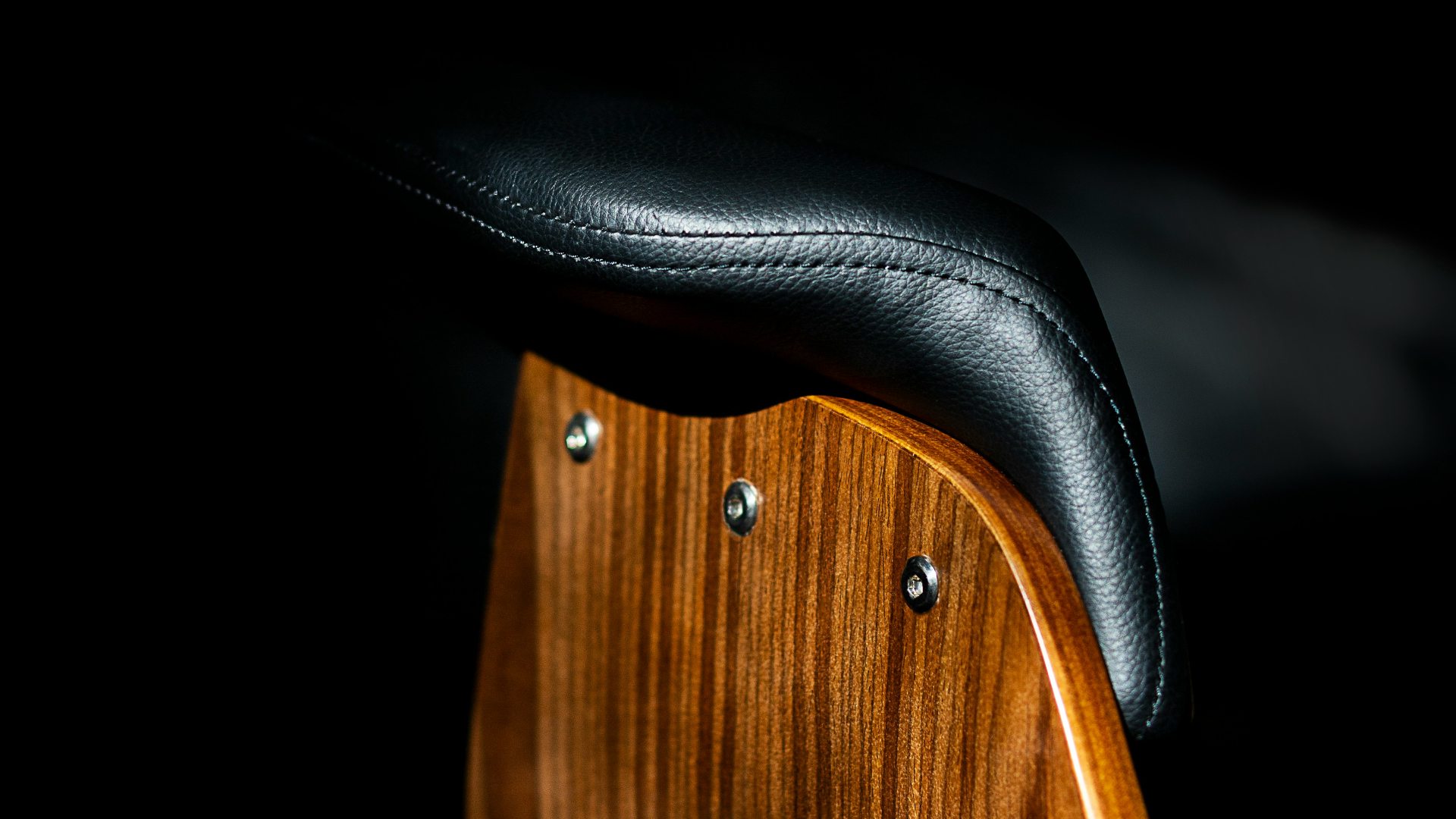The terms brand safety and brand suitability have been making the headlines more and more of late. Yet many brands are focusing more so on brand safety and ignoring the wider benefits of brand suitability. The two serve different purposes.
Put it simply, brand safety is like a shield, protecting brands from content that most brands and audiences would universally agree should be blocked, from hate speech and messages promoting violence to crime. Regardless of its specific identity and mission, no brand wants to be associated with this type of message.
If brand safety is a shield, then brand suitability is your full body armour, protecting brands not just from inappropriate content but also irrelevant content. Brand suitability takes brand safety to the next level and ensures you’re targeting the right content and subsequently the right audience. You could look at brand suitability as an evolution of brand safety, the next level if you wish, ensuring advertisers are delivering the most efficient and effective campaigns, maximising their Return On Advertising Spend (ROAS).
The multiple facets of brand suitability
Creating an effective brand suitability strategy can be challenging. It starts with defining the values your brand wants to convey and therefore the type of content that best resonates with your target audience. The next step is to implement a localised approach, demonstrating a deep understanding of the market you are operating in. This includes the local language, the social and political landscape and its distinctive cultural traits. What is considered suitable in certain countries, may be perceived as inappropriate in others.
Brand suitability is much more dynamic and agile than brand safety. Where the shield of brand safety remains stationary for a long period of time, it doesn’t take into account the changing nature of brands, leaving areas unprotected. Brand suitability adapts to the changing nature of a brand, its market and the evolution of society. The full body armour of brand suitability provides all over protection from harmful brand associations, but encases the ever-changing relevant channels. Metaphors aside, this means that brands should embrace brand suitability to periodically assess how emerging trends and current news align with their messages and determine the impact these have on their identity and values.
The increasing relevance of brand suitability
While brand safety is still important, brands are — rightly — shifting their attention to brand suitability. A research we recently carried out in partnership with Magna Mediabrands has highlighted how vital the relationship is between ads and the content they are placed next to. A video ad running in an environment that is aligned with a brand’s values and mission will positively increase the brand’s perception by 8%. Conversely, advertising in the wrong environment will cost the brand 4% of its brand perception. The research has made it clear that consumers lose trust and respect for brands whose ads appear next to inappropriate or irrelevant content.
The changing nature of social media, and its links to recent events, such as the Covid-19 pandemic and Russia’s invasion of Ukraine, mean it has never been more important for brands to leverage impactful brand suitability solutions. With the wealth of news feeding public conversation online, there are increasing amounts of fake news and misinformation around. Considering our research also found that 33% of people exposed to a video ad believe that the advertiser supports the content they are watching, the damage a video ad associated with inappropriate content can cause a brand is significant.
Excluding the wrong content through the creation of blocklists based on keywords, although helpful, is only the first step. Brands need to go beyond just blocking, they need to create inclusion lists, too. This will help them to include the most appropriate channels for their identity and values. Brands, for instance, can rely on pre-bid technology that analyses a wide range of data, from content creator profiles to video audio transcripts and performance data, in order to identify the most suitable content for their ads.
Consumers’ new habits are driving brand suitability
Consumers have become increasingly discerning about the brands they support, as shown by another piece of research we undertook, The Conscious Project. This found that 73% of consumers are more likely to buy from brands whose ads are relevant to the content they are consuming on YouTube. While brand safety can partially protect your brand, it cannot guarantee an alignment between the right content and the right ads, whereas brand suitability can and in this current advertising landscape this has become a non-negotiable.
Featured image: Mateusz Wacławek / Unsplash































